Wildlife encounters at The Hosteller Coorg Madikeri
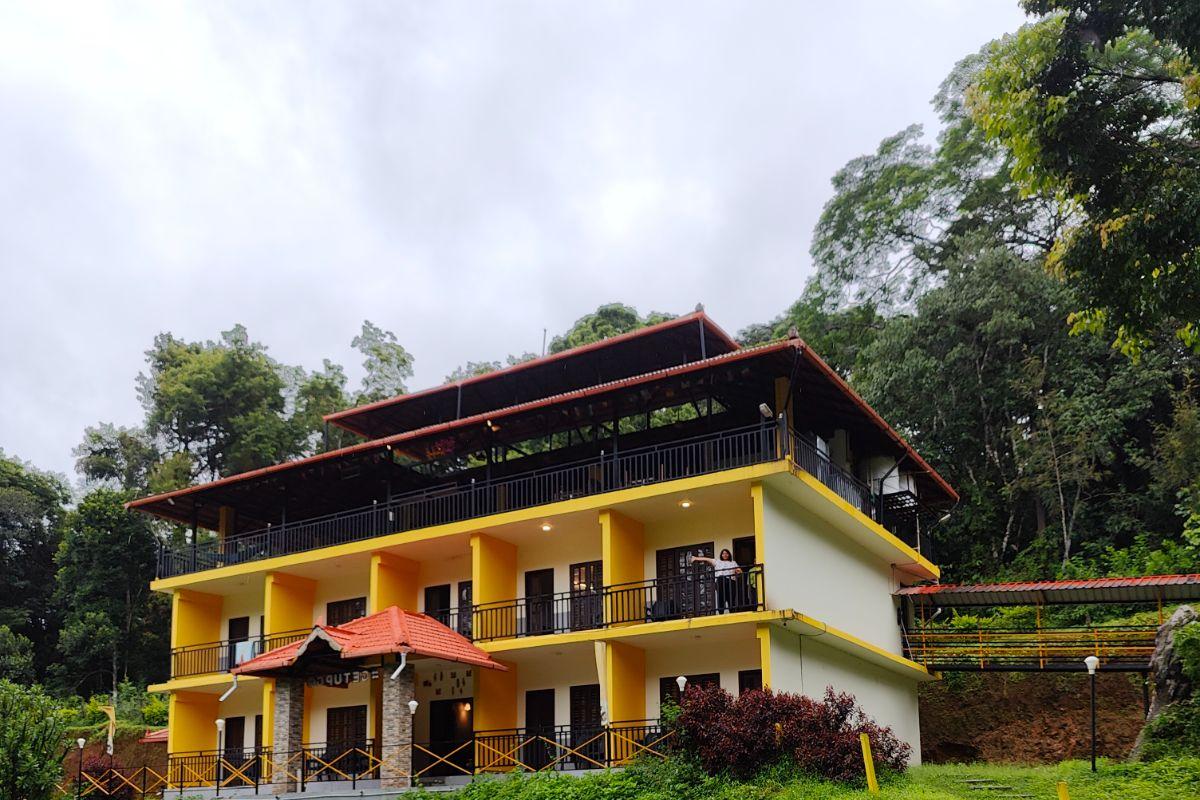
By Akansha
16 Aug, 2023
Nestled amidst the verdant landscapes of Karnataka, Coorg offers an enchanting blend of Coorg wilderness and distinctive local experiences. Here's a delightful sneak peek into the Coorg wildlife, especially around The Hosteller Coorg Madikeri, that can captivate every backpacker's heart.
1. Bicoloured or Malabar Frog (Clinotarsus curtipes)

Bicoloured frog spotted on the lawns of the hostel after a fresh rain
Endemic to the Western Ghats, these vibrantly hued frogs are a sight to behold, particularly after a refreshing monsoon shower. Their habitat is often in moist, dense regions, especially near slow-moving streams. These are among the most beautiful frog species in the area and can often be seen outside in the grass after a fresh shower.
2. Golden Dewdrop Plant (Duranta erecta)

Dewey bulbs of the Golden dewdrop plant on the way to the hostel
The shimmering golden pods of this plant evolve into stunning indigo or purple flowers, making them a striking part of the flora of Coorg. They grow abundantly in tropical climates; you can witness them all around Coorg.
3. Polka Dot Plant (Hypoestes phyllostachya)

Hordes of speckled polka dot plants grow around the hostel
Identifiable by its dark green foliage sprinkled with hues of pink, red, and white, this plant adds a touch of whimsy to the flora of Coorg. These plants densely populate many areas of Coorg and add to the beauty of the location.
4. Freshwater Brown Crab (Geothelphusa dehaani)

Beautiful brown freshwater crab crossing the street during a downpour
Coorg wildlife in Karnataka boasts a rich variety of freshwater crabs. Their hues might surprise you, ranging from vibrant tangerine to soft violet. India and the Western Ghats have a plethora of freshwater crab species living in them, some of them hued in bright colours like tangerine or violet. These crabs live a semi-terrestrial life and reproduce much less than their ocean counterparts.
5. Jackfruit (Artocarpus heterophyllus)

Multiple ripe jackfruits growing on a tree adjacent to the hostel
The fleshy, sweet and yellow hued jackfruit is common around the country, but an abundance of these trees can be found in Coorg, growing in small families everywhere and laden with fragrant fruits. Many street vendors sell this fruit with a sprinkle of black salt.
6. Asiatic Toad (Bufo gargarizans)

A medium sized Asiatic toad lounging on the foot mat outside the entrance to the hostel
These textured frogs are endemic to East Asia and encountered in humid areas of forests, riverbanks, grasslands etc. There are a variety of Asiatic toads, ranging in hide colour and size. Some species of these toads also excrete toxic venom from their skin. So be careful when handling it.
7. Cicadas (Cicadoidea)

Closeup of the musical cicada insect on the hostel terrace
The most audible of them all are the cicadas, drumming away to their mating beat almost throughout the day. These creatures make a lot of noise with their abdominal 'sound box', and the variety found near the hostel are darker, bigger and sometimes louder than common cicadas.
8. Areca Nut Trees (Areca catechu)

Huge families of adult Areca Nut trees growing all around the hostel
These trees produce the mild stimulant, also known as the 'betel nut', which is an Indian fan favourite when it comes to enjoying our dose of 'paan' after a meal. The Uttara Kannada District in Karnataka has the highest areca nut production in the country.
9. Baya Weaver Bird Nest (Ploceus philippinus)

A fully constructed and lived in Baya weaver nest on a tree next to the hostel lake
Although you might need help to spot the Baya quickly, these stunningly constructed nests are peppered around the hostel. The Baya Weaver is a relative of the finches across the Indian Subcontinent and Southeast Asia.
10. Hairy Caterpillars (Eupterote cardamomi)

Lots of adult versions of furry caterpillars can be seen during the monsoon season
These furry caterpillars appear once every several years in large populations to decimate cardamom crops. They hide in shady trees during the day and munch on cardamom plants at night. Adults usually are giant brownish yellow moths with wavy wing markings.
Before the ethereal Coorg, mists wrap up the monsoon, seize the opportunity to explore these and many more wonders of the Coorg wilderness. As you embark on this journey, let Coorg's myriad flora and fauna be your guide, painting a vibrant picture of nature's marvels.
Remember, backpackers, there's no better canvas than the wild, especially when it comes to Coorg wildlife in Karnataka. Venture forth and let the heart of Coorg captivate yours!
thehosteller



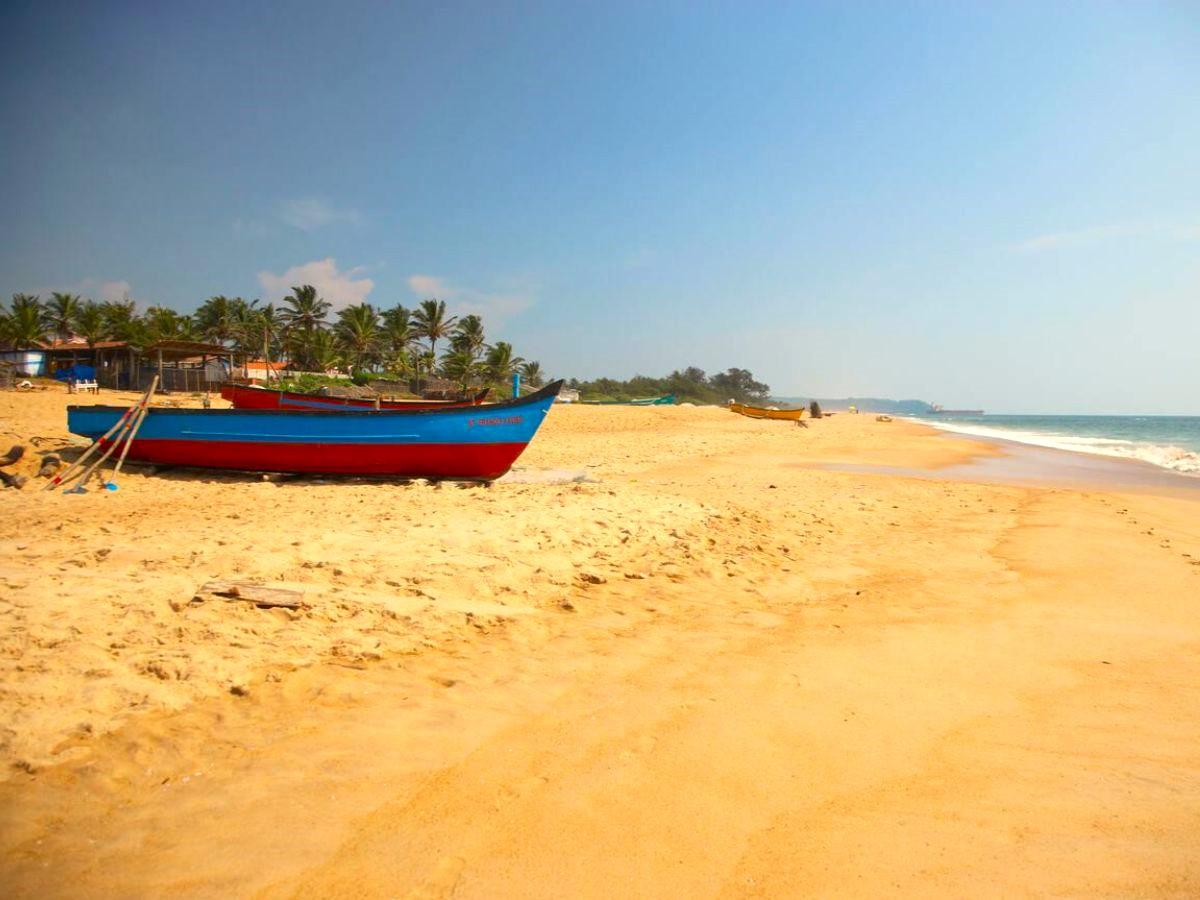
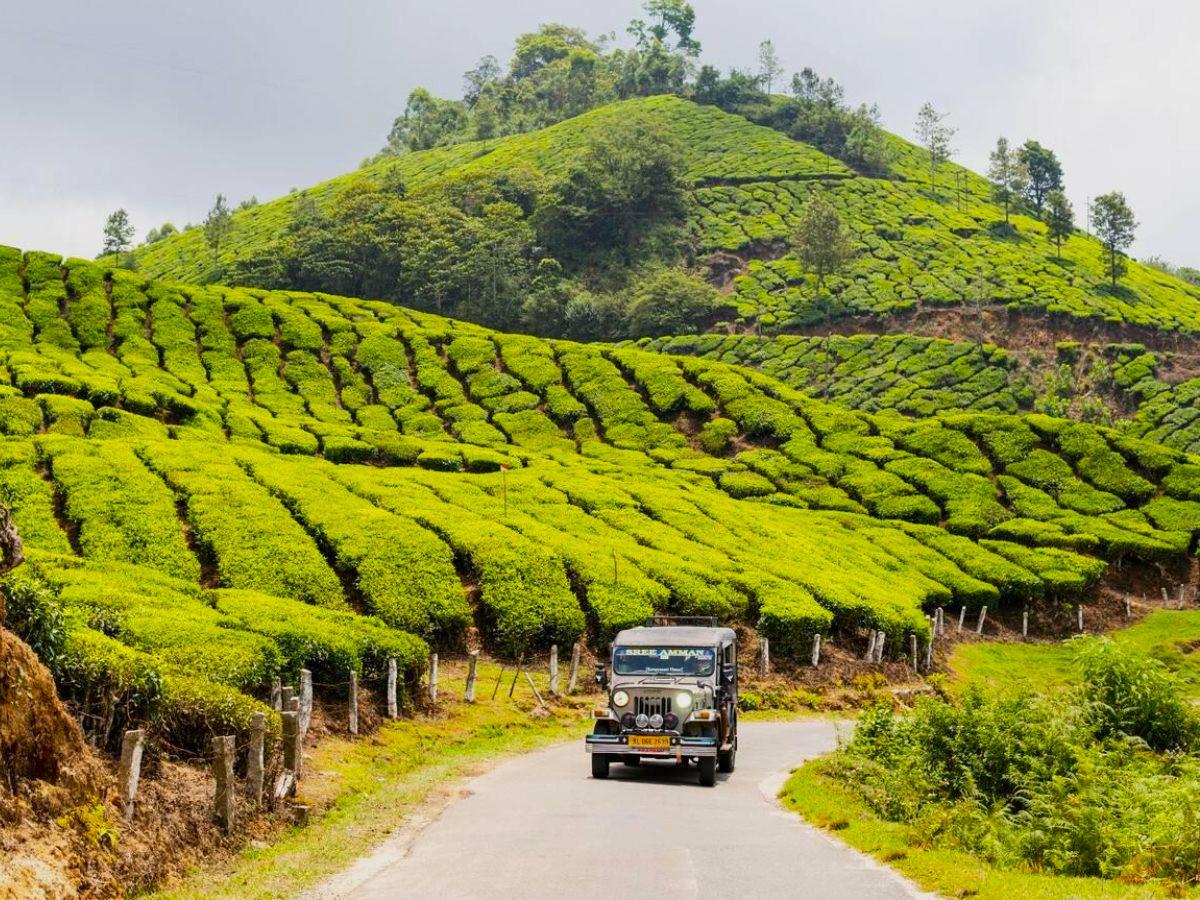
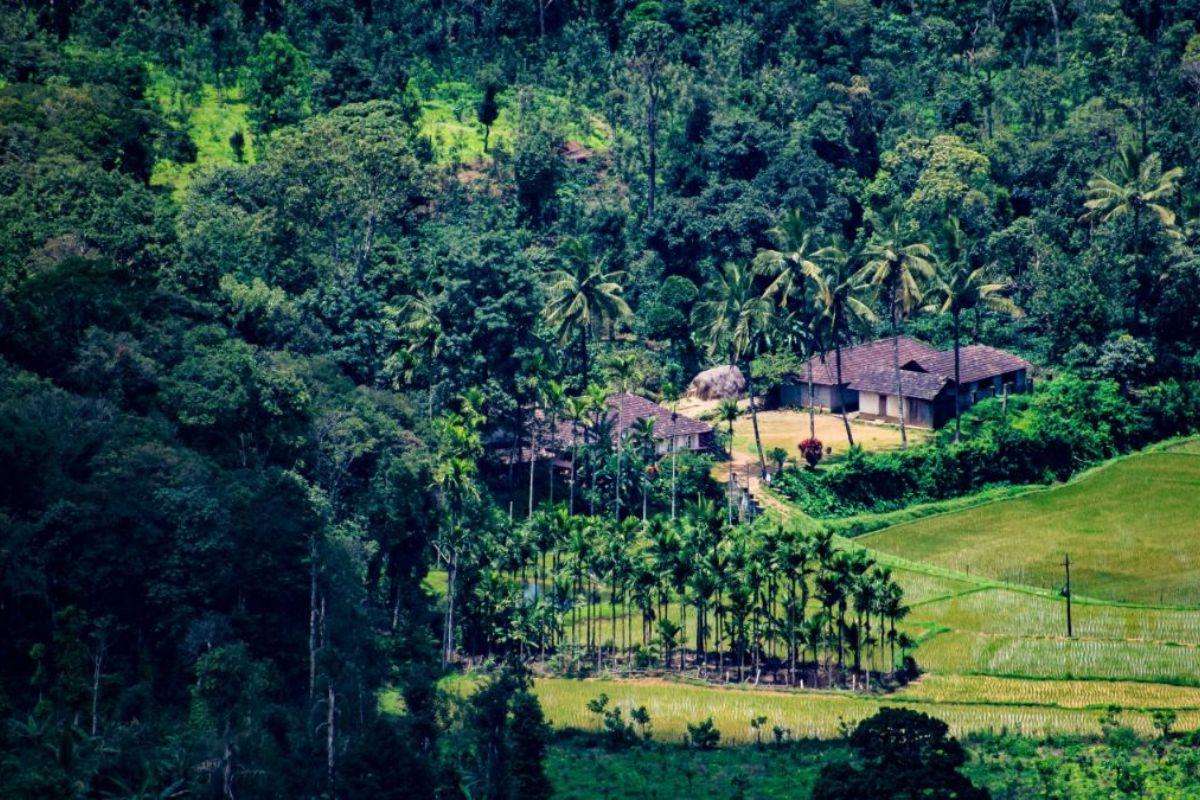
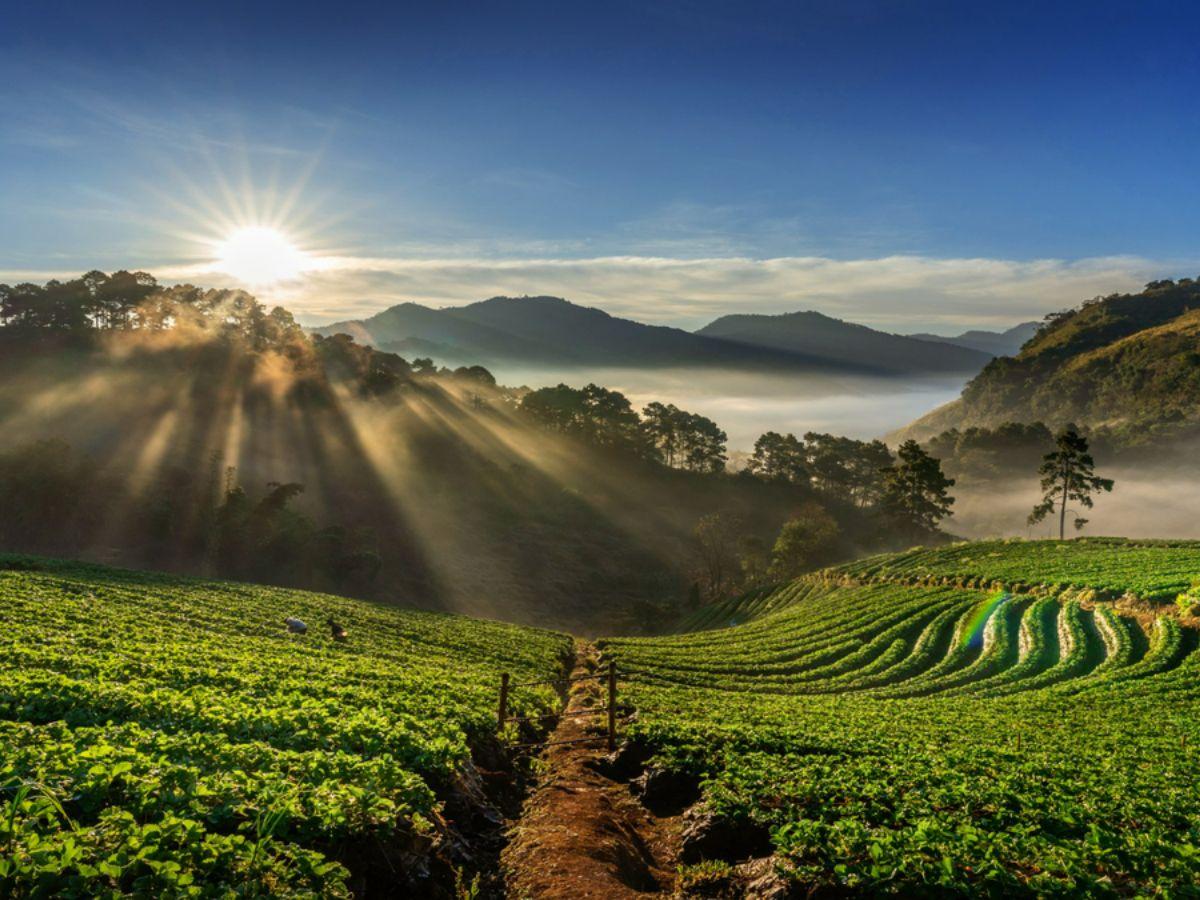
.jpg%2FNight%20Camping-compressed%20(1)-1706611248114.jpg&w=2048&q=75)
